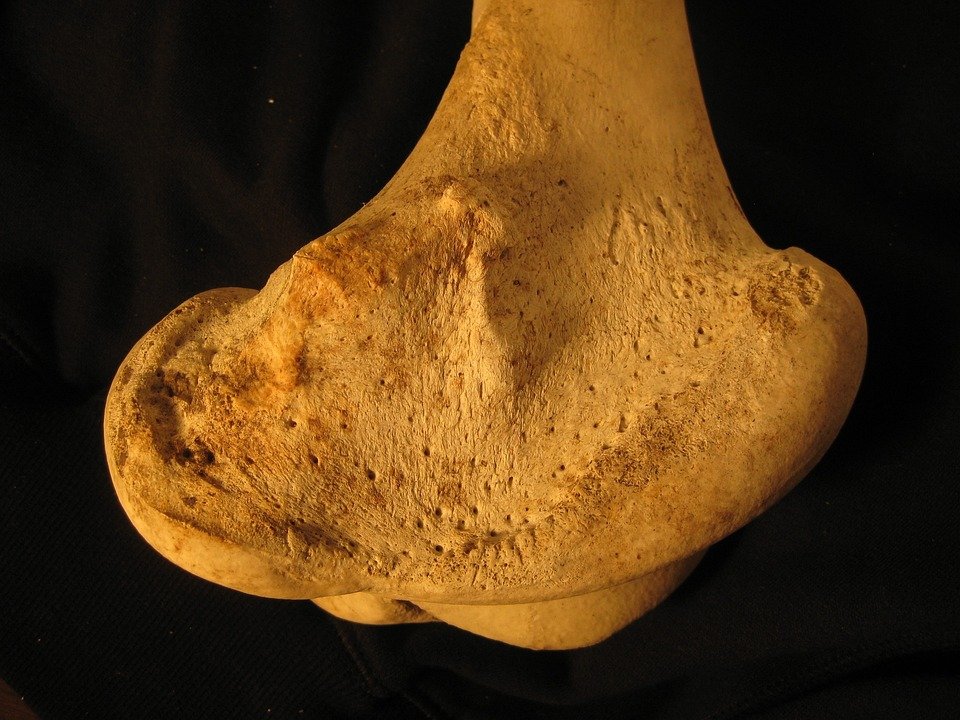
Carpal tunnel syndrome is a common condition that affects the hands and wrists, causing pain, numbness, and tingling. It is caused by compression of the median nerve as it passes through the carpal tunnel in the wrist. This can be due to repetitive motions, such as typing on a computer keyboard or using a mouse, or other factors such as pregnancy, obesity, or arthritis.
If you are suffering from carpal tunnel syndrome, you may be looking for ways to find relief from the pain and discomfort. Luckily, there are several effective strategies that can help alleviate symptoms and improve your quality of life. In this article, we will discuss five effective ways to find relief from carpal tunnel syndrome.

1. Rest and Ice
One of the first steps in finding relief from carpal tunnel syndrome is to rest the affected hand and wrist. Avoiding activities that aggravate the symptoms, such as typing or using a mouse, can help reduce inflammation and pressure on the median nerve. In addition, applying ice to the affected area can help reduce swelling and numbness. Try placing an ice pack on your wrist for 15-20 minutes at a time, several times a day.

2. Wrist Splints
Wearing a wrist splint can provide support and stability to the affected wrist, helping to alleviate symptoms of carpal tunnel syndrome. A wrist splint can help keep the wrist in a neutral position, reducing pressure on the median nerve and relieving pain and numbness. You can wear a wrist splint while sleeping or during activities that aggravate your symptoms, such as typing or using a mouse.

3. Physical Therapy
Physical therapy can be an effective treatment for carpal tunnel syndrome, helping to improve strength, flexibility, and range of motion in the affected hand and wrist. A physical therapist can create a customized treatment plan that includes exercises to strengthen the muscles in the wrist and hand, as well as stretches to improve flexibility and reduce stiffness. In addition, a physical therapist can provide guidance on ergonomics and proper body mechanics to prevent further injury.
4. Anti-Inflammatory Medications
Over-the-counter anti-inflammatory medications, such as ibuprofen or naproxen, can help reduce inflammation and alleviate pain associated with carpal tunnel syndrome. These medications can help reduce swelling and relieve discomfort, making it easier to perform everyday activities without pain. However, it is important to talk to your doctor before taking any medication to ensure it is safe and appropriate for your condition.
5. Surgery
In severe cases of carpal tunnel syndrome, surgery may be necessary to relieve pressure on the median nerve and improve symptoms. Carpal tunnel release surgery involves cutting the ligament that forms the roof of the carpal tunnel, allowing more space for the median nerve to pass through. This can help alleviate pain, numbness, and tingling in the hand and wrist. Surgery is typically recommended when other treatments have not been effective in relieving symptoms.
FAQs
1. How do I know if I have carpal tunnel syndrome?
Carpal tunnel syndrome is characterized by pain, numbness, and tingling in the hand and wrist, particularly in the thumb, index, and middle fingers. You may also experience weakness in the hand and have difficulty gripping objects.
2. What causes carpal tunnel syndrome?
Carpal tunnel syndrome is caused by compression of the median nerve as it passes through the carpal tunnel in the wrist. This can be due to repetitive motions, such as typing or using a mouse, or other factors such as pregnancy, obesity, or arthritis.
3. How is carpal tunnel syndrome diagnosed?
Your doctor can diagnose carpal tunnel syndrome by performing a physical exam, reviewing your symptoms, and conducting tests such as nerve conduction studies or electromyography.
4. Can carpal tunnel syndrome be prevented?
You can reduce your risk of developing carpal tunnel syndrome by practicing good ergonomics, taking breaks from repetitive activities, and maintaining a healthy weight.
5. How long does it take to recover from carpal tunnel surgery?
Recovery from carpal tunnel surgery can vary depending on the individual and the type of surgery performed. In general, most people can return to normal activities within a few weeks to a few months after surgery.
6. Are there any exercises that can help with carpal tunnel syndrome?
Yes, there are several exercises that can help strengthen the muscles in the hand and wrist, improve flexibility, and reduce stiffness. A physical therapist can recommend specific exercises that are safe and effective for carpal tunnel syndrome.
7. Can carpal tunnel syndrome affect both hands?
Yes, carpal tunnel syndrome can affect both hands, although it is more common to experience symptoms in one hand initially. It is important to seek treatment for both hands if you are experiencing symptoms in both.
8. Can carpal tunnel syndrome go away on its own?
In some cases, carpal tunnel syndrome may improve on its own with rest and conservative treatments. However, if symptoms persist or worsen, it is important to seek medical attention for proper diagnosis and treatment.
9. Is carpal tunnel syndrome more common in women?
Carpal tunnel syndrome is more common in women than men, possibly due to hormonal factors, pregnancy, and smaller carpal tunnels in women.
10. Can acupuncture help with carpal tunnel syndrome?
Acupuncture is a complementary therapy that may help alleviate symptoms of carpal tunnel syndrome by improving circulation, reducing inflammation, and promoting relaxation. It is important to consult with a qualified acupuncturist to determine if this treatment is appropriate for your condition.

Discover more from Bibliobazar Digi Books
Subscribe to get the latest posts sent to your email.


